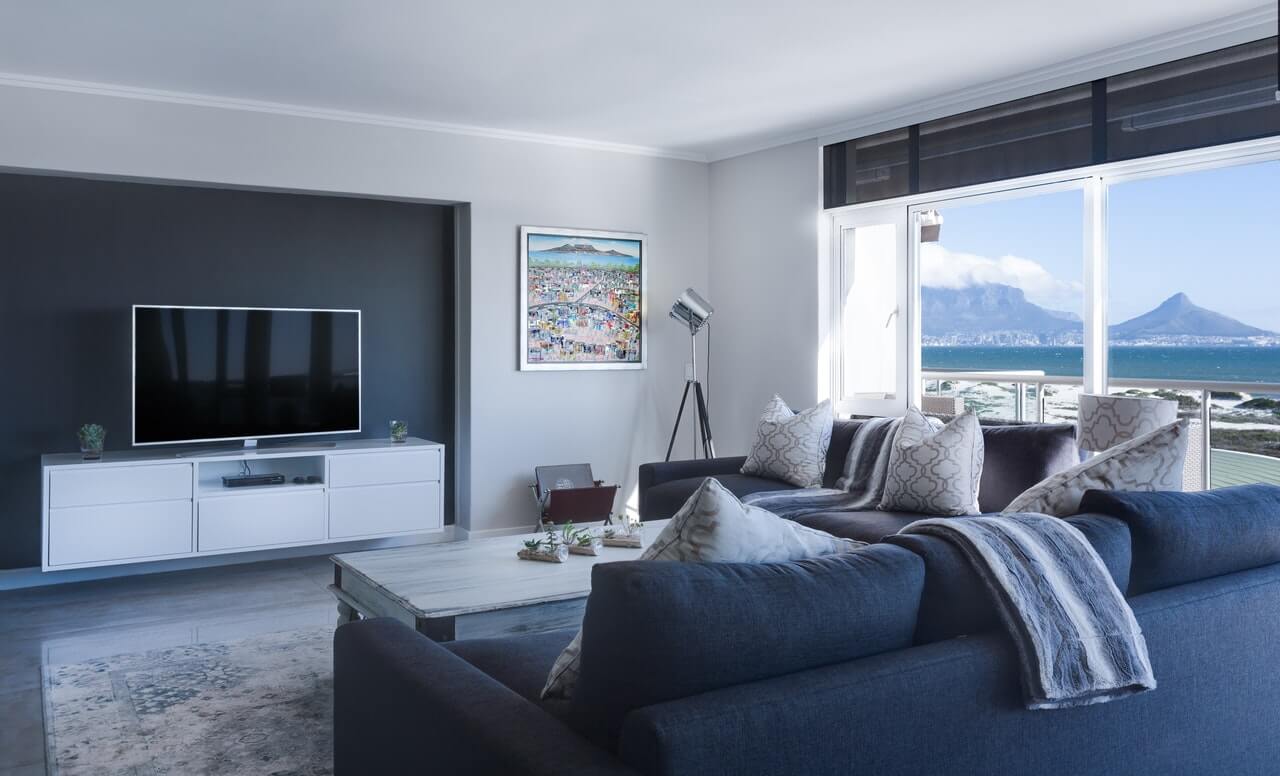San Diego’s rental market is competitive, and every day a property sits vacant costs landlords money. But showing a property is about more than getting prospective tenants through the door, it’s a legally sensitive step that can open you up to risk if handled incorrectly.
With fair housing complaints rising across California and new 2025 regulations shaping how applications must be processed, landlords need a plan that is consistent, documented, and defensible. A well-run showing not only protects you legally but also signals professionalism, creating urgency and helping you secure high-quality renters faster.
Set Clear, Written Criteria

Before the first prospect ever steps inside, you should have written criteria that every applicant receives. Require ID from every prospect, enforce punctuality, and document attendance. This eliminates favoritism and reduces liability, one of the most important landlord tips for protecting yourself legally.
Group vs. Individual Showings

Vacant rentals often benefit from group showings that create healthy competition and urgency. Several applicants viewing the property at the same time can lead to faster applications and even multiple qualified offers.
If the property is occupied, schedule one group at a time to protect the resident’s privacy. Follow the same route, living room, kitchen, bedrooms, with every group. Even small inconsistencies can lead to complaints if prospects feel they were treated differently.
Timeliness as a Screening Tool

San Diego landlords are increasingly including punctuality in their screening criteria. If you schedule a showing from 5:00–5:15 PM and an applicant arrives at 5:30, you can legally decide not to proceed, as long as the rule applies to everyone. This simple step helps filter for responsible tenants who are more likely to respect payment deadlines later.
First-Come, First-Qualified Applications
A first-come, first-qualified process is one of the safest ways to screen applicants:
Application Received – The first applicant to submit a full package (application, ID, proof of income, and fee) is screened first.
Approval Timeline – If approved, they have 24 hours to sign the lease and submit the security deposit.
Next Applicant – If they miss the deadline, move to the next fully qualified applicant.
California landlords should also stay current with rental application rules, as new 2025 regulations impact how fees and approvals must be handled. Many landlords now use property software to automate this process and verify documents, saving time and reducing human error.
Screening Guidelines That Protect You
Your screening criteria should be transparent and consistent. Consider including:
Credit score minimum (680+ is common)
Income requirement of 3× the rent (or 3× the difference for voucher holders)
Automatic denial for open judgments, recent bankruptcies, or evictions
Employment verification and prior landlord references
Sharing these standards upfront makes the process clear for applicants and helps avoid disputes later. It’s the same risk-reduction mindset that applies to seasonal maintenance tips, preventive action always pays off in the long run.
ESA and Fair Housing Compliance

Service animals and emotional support animals (ESA) are a frequent source of confusion. If an applicant provides valid ESA documentation, you must waive pet fees and breed restrictions, even for breeds your insurance may normally exclude.
Approaching ESA requests consistently and documenting every step protects you from fair housing complaints and aligns with California’s strict regulations.
Keep Conversations Neutral
During showings, avoid comments on crime rates, school ratings, or whether a neighborhood is “family-friendly.” Even casual remarks can be interpreted as steering or discrimination. Instead, direct applicants to public information sources. This neutral approach keeps you compliant and avoids potential fair housing violations.
Protecting Your Investment
Your rental property is a business asset, treat it that way. Consistent screening, strong documentation, and detailed move-in photos prevent disputes and maintain profitability.
If you’re considering expanding your portfolio, understanding the top tips for buying investment property in San Diego can help you choose neighbourhoods that maximize ROI.
Quick Landlord Checklist
Written rental criteria shared with every applicant
Consistent showing route for all prospects
Punctuality included in screening rules
First-come, first-qualified process documented
Verification of income, ID, and rental history
ESA compliance procedure in place
Final Thoughts
Property showings are one of the most critical steps in the rental process. By standardizing your criteria, applying them fairly, and maintaining careful documentation, you protect yourself legally and set the stage for a strong landlord-tenant relationship.
For more insight on compliance, leasing strategies, and ways to grow your rental portfolio, visit Beyond Property Management, your partner in professional property management across San Diego County.






